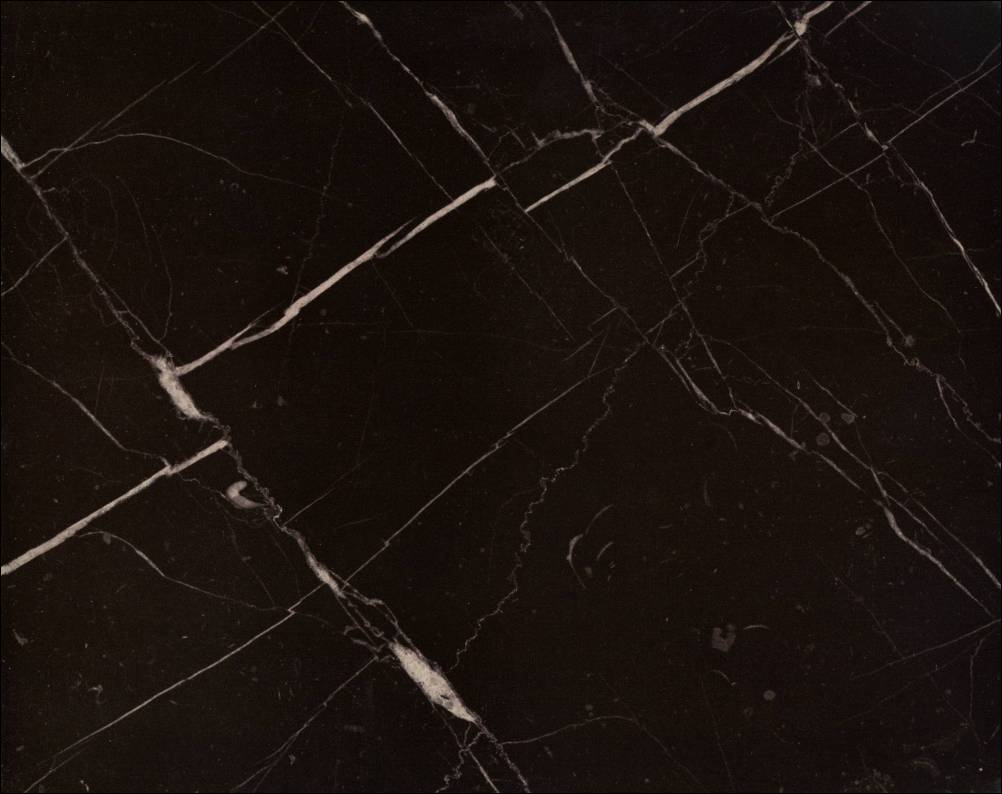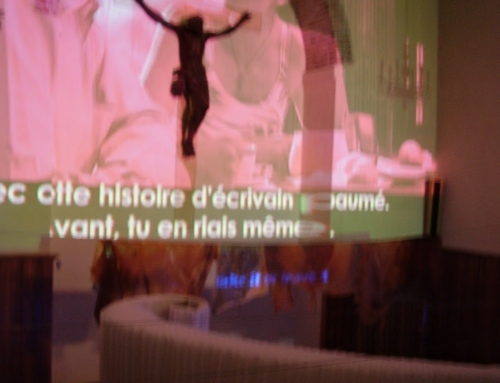Since the Marmomacc Fair in 2011,
and the marked recognition of LED lighting, the actual Lighting Design of the
stands has indeed improved but not as much as expected. A bit like some of
the results obtained with direct and indirect lighting at the Jean Nouvel Quai
Branly Museum, where, in a suffused environment, light -not all SSL-is also directed
towards the visitor instead of revealing only shapes and shadows of the art pieces, probably because of the
choice of the secondary optics.
Going back to showcasing natural
stone, for example, stones such as the Black of Belgium or the Vigaria of
Portugal deserve proper and professional lighting design, not just any lighting,
to enhance their beauty. Often this is not the case. Lack of proper survey of
the space reveals restricted knowledge on the subject.
stone, for example, stones such as the Black of Belgium or the Vigaria of
Portugal deserve proper and professional lighting design, not just any lighting,
to enhance their beauty. Often this is not the case. Lack of proper survey of
the space reveals restricted knowledge on the subject.
A contextualized lighting design,
specially in a trade fair, should rather accentuate these priceless gems while at
the same time avoiding maximum“glare”. This is fundamental.
specially in a trade fair, should rather accentuate these priceless gems while at
the same time avoiding maximum“glare”. This is fundamental.
 Furthermore and particularly in the
Furthermore and particularly in thecase of “black stone“ choosing a black-and-white lining of the
stands is not necessarily a good choice and lacks in sophistication, especially
when it is made of “material” …Above all, the trade fair pavilion
lighting should interfere as little as possible with the lighting of the
exhibition stand itself. This is certainly not easy. Otherwise the context is
altered and no longer gives the exalted dimension that any natural stone requires
in order to show its magnificence.





